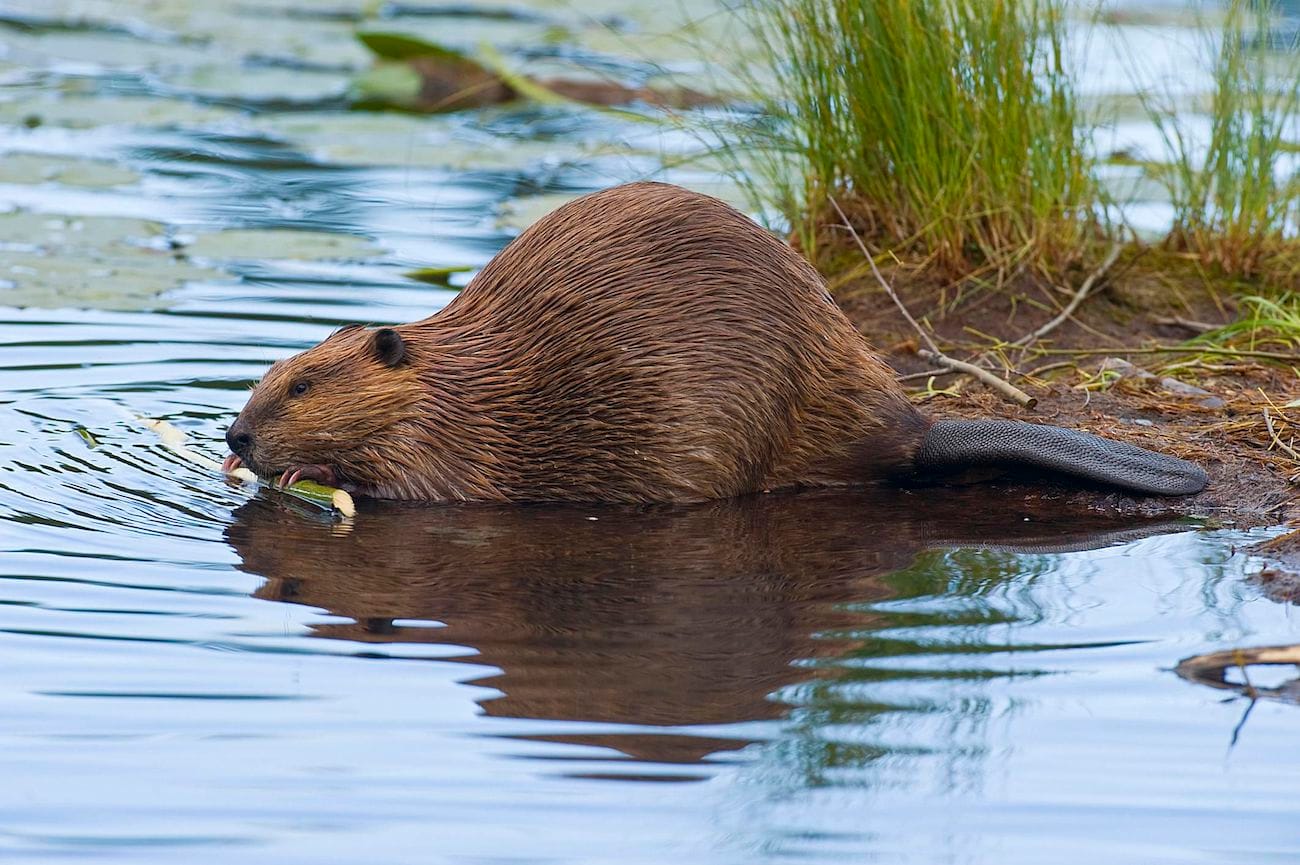Restoring Desert Watersheds with Beaver: Back to the Future

Beaver reintroductions can help restore damaged watersheds across the desert Southwest. In far-West Texas, the Rio Grande and its tributaries are obvious starting places. Yet, any ranch having a spring or a creek that flows intermittently or seasonally, should consider these four-footed, furry water engineers as a cheap, quick and sustainable way to slow, capture and store water for year-long release.
Texas’ native beavers, once widespread, were trapped out of the Rio Grande by 1750. Given that on most far-West Texas ranches the largest category of landowner expenses is water development to address acute, chronic water shortage, it is remarkable that the continent’s greatest ecological engineers are dismissed as pests, and that Texas wildlife managers give almost no thought to their possible role in restoring degraded habitats.
As discussed in this video, landowners and agencies in other Southwestern states are ahead of Texas when it comes to understanding the value of beavers. As part of a body of holistic practices which aim to restore rangelands, beaver restorations—along with the planned grazing of cattle—have often proven transformational.
